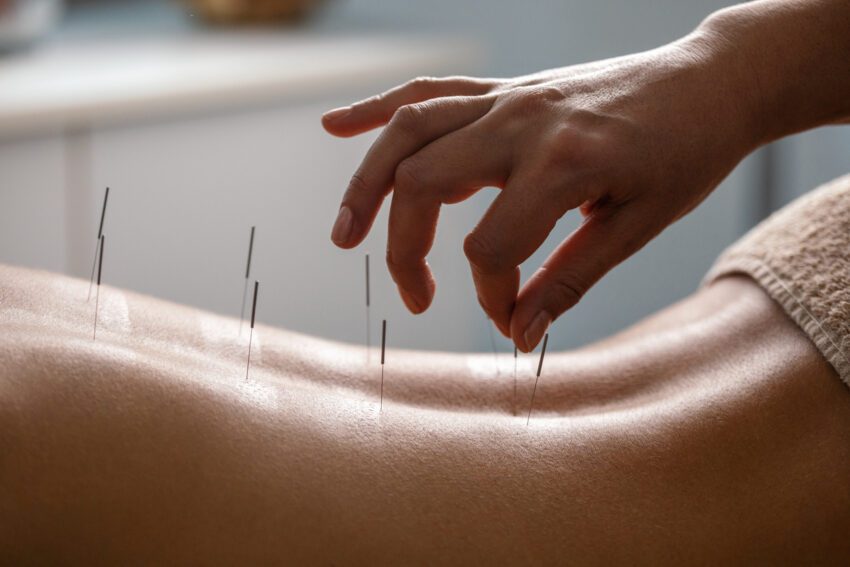ACUPUNCTURE DESCRIBES A FAMILY OF PROCEDURES INVOLVING THE STIMULATION OF ANATOMICAL POINTS ON THE BODY USING A VARIETY OF TECHNIQUES.
Treatment strategies are aimed at activating the appropriate layers of the energy circulation network to address each problem and blockage of Qi (frequently translated as “life force”, or “energy flow”).
In traditional Chinese medicine (TCM), the body is seen as a delicate balance of two opposing and inseparable forces: Yin and Yang. Yin represents the cold, slow, or passive principle, while Yang represents the hot, excited, or active principle. In TCM, good health is achieved by maintaining the body in a balanced state. Disease, illness, and pain are attributed to an internal imbalance of Yin and Yang. This imbalance leads to blockage in the natural flow of Qi along certain pathways referred to as meridians. Acupuncture is used at specific points along the certain meridians where the Qi is felt to be blocked.
Acupuncture needles are metallic, solid, and hair-thin. Patients experience acupuncture differently, but most patients feel no or minimal pain as the needles are inserted superficially. Acupuncture needles usually remain inserted for 15 to 30 minutes; however, the frequency and length of treatments may vary depending on the condition being addressed.
While acupuncture has been widely studied for various painful conditions such as postoperative pain, dental pain, carpal tunnel syndrome, tennis elbow, headache, sinusitis, osteoarthritis, fibromyalgia, and low back pain, the exact mechanism is unknown. It is believed that the acupuncture can activate the endogenous opioid peptide system to influence the body’s regulatory system by changing the processing and perception of painful, noxious stimuli at various levels of the central nervous system.
